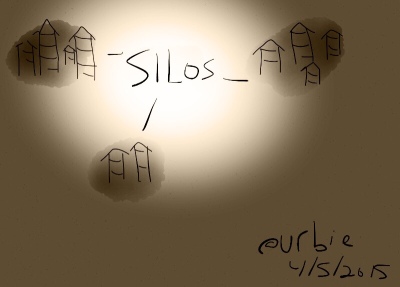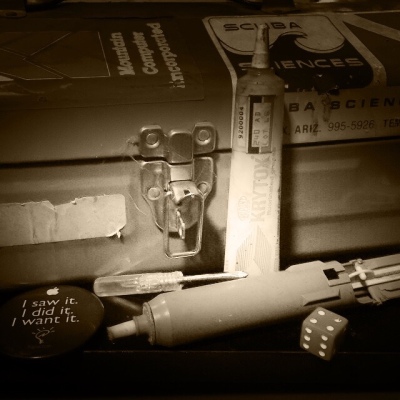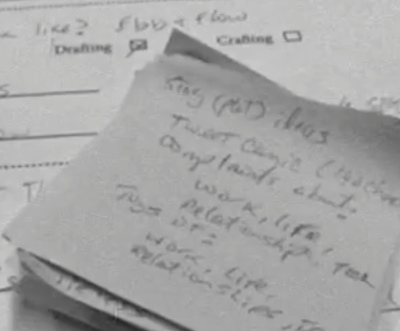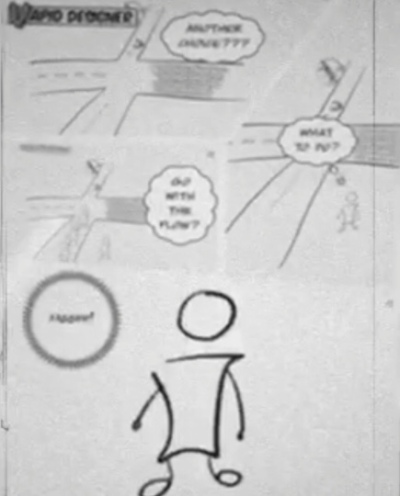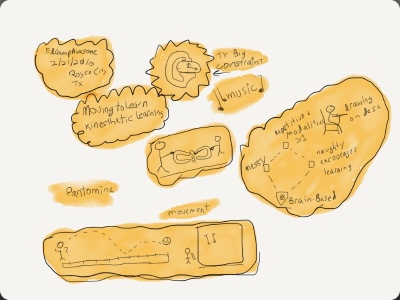PROLOGUE
I'm a John Wayne fan. Maybe it's because he looks like papa? There's this line he has In Harms Way where The Duke says, "She's a good ship headed in harms way." It's an allusion to a U.S. Navy warship headed out to sea during the opening days following Pearl Harbor. Thinking about raising children and helping them along the way so they're successful in school reminded me of the harm we can do to our children if we don't get it right.
ED
My youngest is about grown. There is so much about her that's new. It scary, in a very good way, when I marvel at what she will do in her life. Though Mrs. and I raised her from a seed there is much about her that is unknown. I think this is wonderful. Realizing this while my daugther and I chatted over breakfast a few minutes ago reminded me there is always at least one more thing that can be learned.
PA
I was lucky to be out of work here and there during the first few years of parenthood. I got to know each of my three girls in a very fundamental way. It's a wonder that I can still see in each one snippets of what they were like when they were little. Along the way being parents Mrs and I made difficult choices regarding where to live, who stays home with the kids because child care can be so expensive, and so on. You've probably made similar decisions, too. Anyway, reflecting on raising my daughters reminded me there is always room for improvement.
CAMP
A few days ago someone asked for my perspective on how the curriculum night experience could be improved. Curriculum night is a rite of passage sort of event in Arizona (maybe everywhere) where parents meet their children's teachers a week or two after the new school year has begun. Topics of discussion include school and teacher policies along with a brief overview of what teachers will teach and students will learn. I replied, foolishly it occurred to me later, that I'd blog about it the next day. Only I didn't. I reflected on what I might say for most of a week.
I thought about the many constraints all those involved in the process face: children, teachers, parents. Time and distance were my main concerns. I usually worked far from home. With curriculum night happening on one night for all grades, classes, and students you can imagine what just getting there in front of a teacher requires.
A year and a half ago I encountered the EdCamp model of professional development courtesy of EdCampWestTexas. The unconference experience, where there is no preset agenda and participants make it up based on the interests of participants and know-how of those in the room, has had a profound effect on my personal and professional life. The EdCamps I participated in were always held on Saturdays; most were on site at a school; several were online via a Google Hangout.
So, after much reflection I think shifting curriculum night from its current model, where it's held for several hours after school on a weeknight, to an EdCamp model is worth a try. Making it an all day, say over six hours, on a Saturday might make it easier for parents to attend. Curriculum night could include all it had before plus a crash-immersion in what teaching strategies teachers use. This is a big deal. Until I started going to EdCamp I had no idea what teaching and learning was really like in my kids' schools.
EPILOGUE
So there it is Jeremy. Remake curriculum night so it looks more like an EdCamp.Take your time with it. Open it up so it's about more than policy. Curriculum night is not something you want to scale: Where, like Christmas, it happens over the span of two or three hours one night.
It'd be cool if the children could come, too. It's in everyone's best interest that we get this education thing right.
